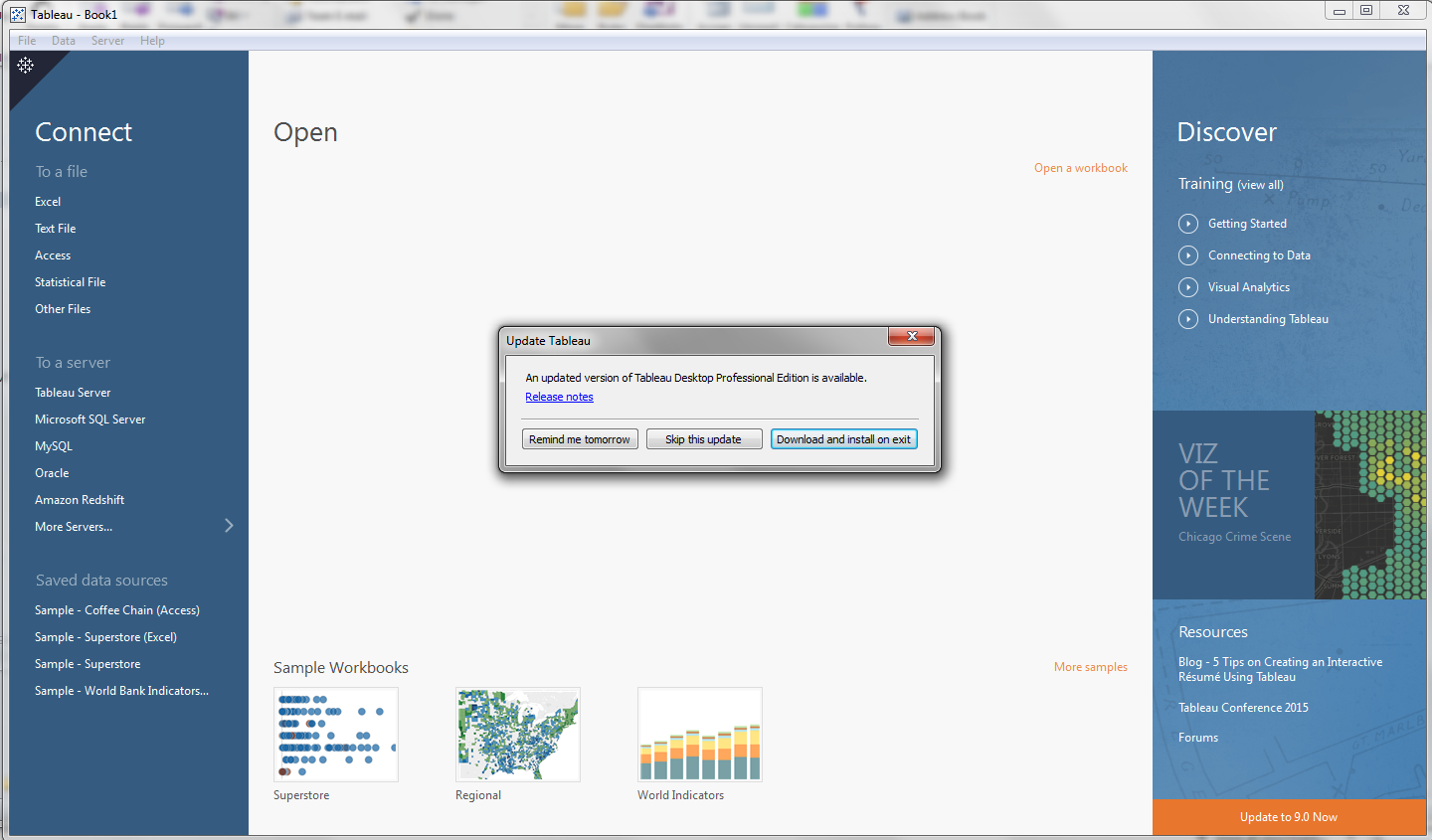

Simply copy and paste this code into your TMS file. IMPORTANT: Change the inline="true" in the opening lines of your TMS file if you want your new custom map style to save in your Tableau file or on Tableau Public.īelow is a sample Map Style for you to try based on the color Bridget used in her example. To do this, add a line for background_color (or change the line if using the "Dark" layer).ĥ. You will notice there is a line on the "Dark" map style which changes the background color of the map. Each Map Style has it's own tag in the file.

Open Tableau.wms in a text editor (I use Notepad++, but any text editor will work).ģ. NOTE - Copy this file as a backup so that if something goes wrong you can simply copy it back as Tableau.wmsĢ. The file that you are looking for is Tableau.tms This will be in your installation directory, for example, C:\Program Files\Tableau\Tableau9.2\Mapsources. This is the technique I used in the Cincinnati War of TUGs visualization located here where we show the Ohio map on a number of visualizations with a chalkboard color background to match the chalkboard design in the viz.ġ. If you find yourself constantly changing the map style defaults or you simply want your own custom map style in the drop down box then you can change this in the TMS file. This method is more advanced and requires changing your TMS file in Tableau (or adding another one). The final result will look something like this:Īlternative Method - Changing from the TMS file the water, will change to the selected color. With the base map off, the background map color, i.e. Under Format Shading options, change the Default Pane shading to the desired color. Right click on the map and select Formatħ. Uncheck Base (this is what forces the water color)Ħ. Set the Map Style to Light (or whatever Map style you wish to use)ĥ. Select "Map Layers" in Tableau 9.2 or "Map Options" in previous versionsĤ. Simple Method in Tableau to Create a Minimalistic Mapģ. Why not do this right in Tableau? So here's some quick instructions for creating a very similar result in Tableau without using Mapbox. However, when I saw Bridget's post, my first thought was, why use Mapbox for that. I love Mapbox and the integration with Tableau makes it even easier to bring custom map designs into Tableau. She outlines a really great technique for creating a simple map with custom colors using Mapbox styled maps and then removing the map layers to leave the map color and design. Creating "Beautiful Minimalistic Maps" in Tableau without Mapboxīridget Cogley recently wrote about creating "Beautiful Minimalistic Maps" in Tableau here.


 0 kommentar(er)
0 kommentar(er)
